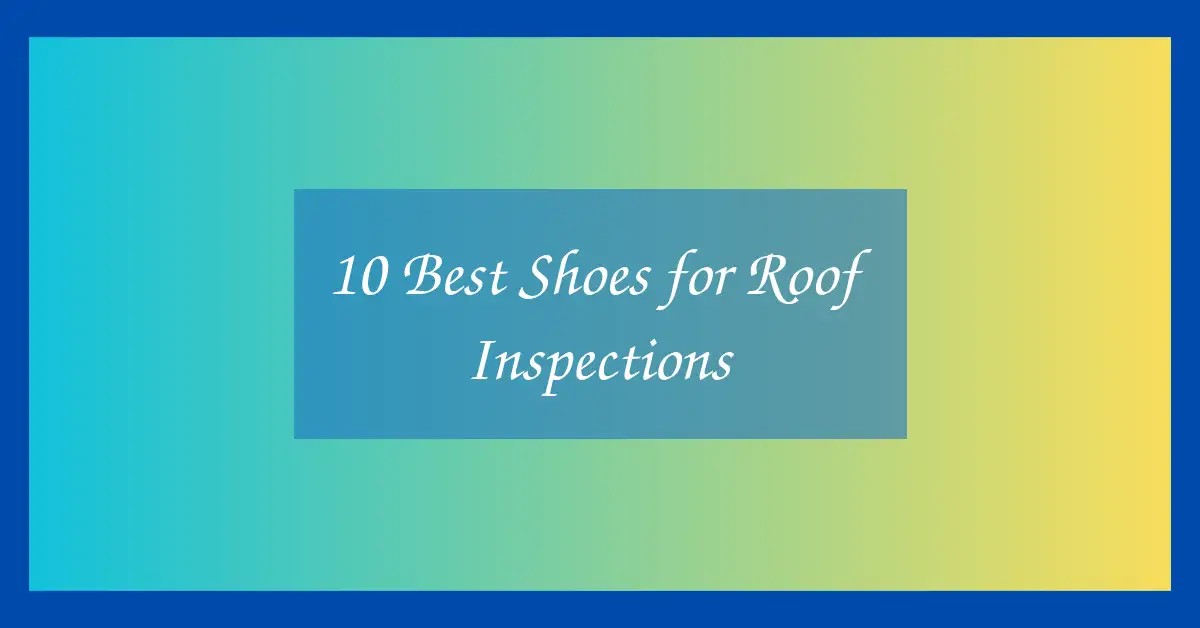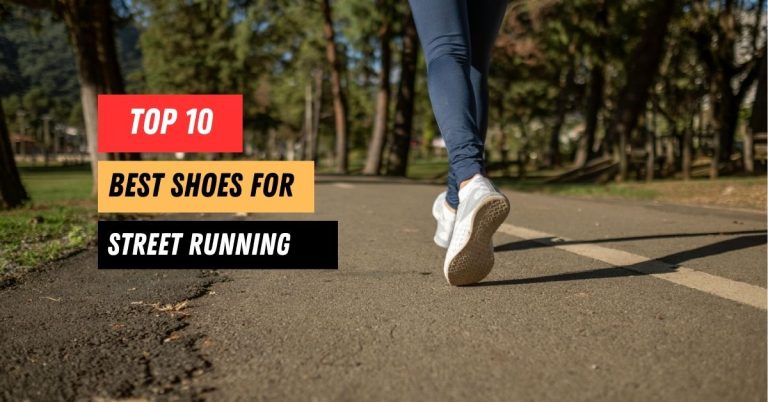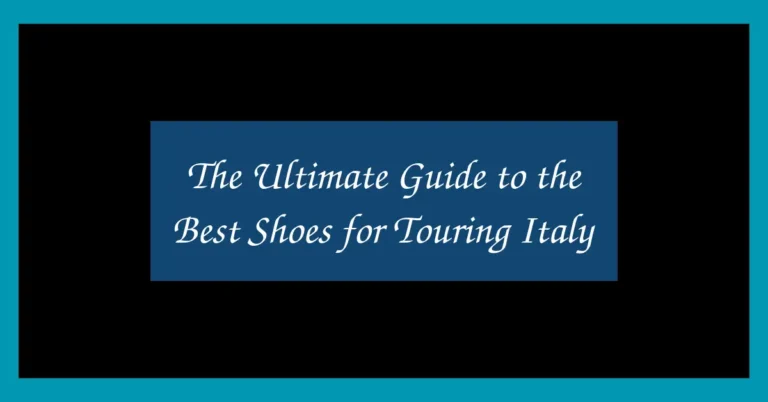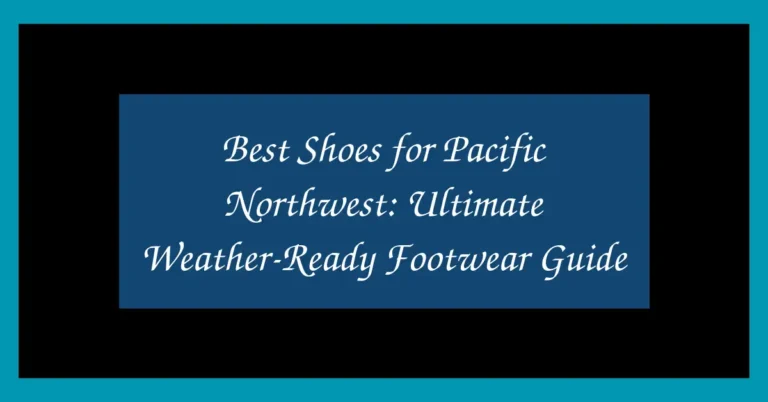10 Best Shoes for Roof Inspections
When it comes to roof inspections, selecting the right footwear isn’t just a matter of comfort it’s a crucial safety decision. The risks involved in climbing and walking on different roof types demand shoes that offer exceptional grip, stability, and support. Inappropriate footwear can lead to slips or falls, potentially causing severe injuries.
Therefore, professionals and DIY enthusiasts alike must understand the importance of wearing the correct shoes to ensure safety, enhance performance, and increase efficiency during roof inspections. This article will guide you through the key features to look for in roofing shoes and offer insights on how to choose the best pair to suit your needs.
Top 10 Shoe Reviews for Roof Inspections
Choosing the right shoes for roof inspections is crucial for safety, comfort, and performance. Below are detailed reviews of the top 5 shoes suitable for this demanding job, including their pros and cons to help you make an informed decision.
1. Cougar Paws Peak Performer Roofing Boots
Cougar Paws are well-known in the roofing industry for their specialized shoes. The Peak Performer model is particularly acclaimed for its durability and safety features. These boots are designed with a focus on providing excellent traction and stability on various roofing surfaces. The patented traction-grip technology and removable pad system ensure that these boots can adapt to many different types of roofing materials safely and effectively.
The upper is made from heavy-duty leather that provides durability and long-lasting wear. Additionally, the cushioned interior and supportive sole make them comfortable for long periods of use, while the reinforced toe adds an extra layer of safety.
-
Pros:
- Excellent traction with patented grip technology
- Durable leather construction
- Comfortable for long wear with cushioned insole
- Removable traction pads adapt to different surfaces
- Reinforced toe for added safety
-
Cons:
- Higher price point
- Heavier than some other models
- Limited breathability
2. Thorogood American Heritage Lace-To-Toe Roofer Boots
Thorogood’s American Heritage series offers exceptional quality and comfort. The Lace-To-Toe Roofer Boots are specifically designed for workers who need reliable footwear on high pitches and slippery surfaces. The boots feature a Vibram Christy Blown Rubber Wedge outsole that provides superb grip and stability.
The full-grain leather upper not only adds to the durability but also offers a comfortable fit as the material molds to the shape of your foot over time. The Goodyear storm welt construction enhances the boot’s longevity and makes it weather-resistant. Additionally, the shock-absorbing footbed and comfort cushion insole support prolonged use.
-
Pros:
- Strong grip with Vibram outsole
- Durable full-grain leather upper
- Comfortable custom fit
- Excellent support and shock absorption
- Resistant to weather with Goodyear welt construction
-
Cons:
- Takes time to break in
- Not fully waterproof without additional treatment
- Pricey for budget-conscious buyers
3. Red Wing Heritage Men’s Classic Moc 6″ Boot
Red Wing shoes are synonymous with outstanding craftsmanship and durability. The Heritage Men’s Classic Moc 6″ Boot is ideal for roof inspections due to its high-quality leather and sturdy construction. The traction tread outsole offers safety on slippery surfaces, and the boot’s design ensures it remains comfortable even after hours of wear.
These boots are built using a Goodyear welt construction, which provides the ability to re-sole the boots if necessary, extending their life significantly. The triple-stitched quality and nickel eyelets reinforce the boot’s durability and aesthetic appeal.
-
Pros:
- High-quality leather enhances durability
- Traction tread outsole for safety on roofs
- Goodyear welt construction allows for re-soling
- Comfortable for extended wear
- Stylish design with durable nickel eyelets
-
Cons:
- Requires a break-in period
- Higher price range
- Lacks specific roofing-oriented features
4. Merrell Moab 2 Vent Mid Hiking Boot
While not a traditional roofing shoe, the Merrell Moab 2 Vent Mid Hiking Boot offers features that make it suitable for light roof inspections. It is highly regarded for its comfort and versatility. The suede leather and mesh upper provide durability and breathability, making them ideal for warmer climates.
The Vibram TC5+ outsole ensures stability and grip on uneven surfaces, and the air cushion in the heel absorbs shock and adds stability. These boots are also equipped with a protective rubber toe cap and breathable mesh lining, which adds to the overall comfort and protection.
-
Pros:
- Lightweight and breathable design
- Good traction with Vibram TC5+ outsole
- Shock-absorbing air cushion in heel
- Protective rubber toe cap
- Affordable compared to specialized roofing shoes
-
Cons:
- Not specifically designed for roofing
- May not provide enough grip for steep or very slippery roofs
- Durability concerns under heavy roofing use
5. KEEN Utility Men’s Flint Low Steel Toe Work Shoe
KEEN Utility shoes are designed for a variety of work environments, including roof inspections. The Flint Low Steel Toe Work Shoe combines durability, protection, and comfort in a lighter, low-top style. Its steel toe protection is crucial for hazardous work areas, and the slip-resistant outsoles provide excellent traction on diverse surfaces.
The shoes are also designed with a metatomical footbed, which anatomically supports the arches for enhanced comfort. Additionally, the breathable mesh panels help keep feet cool under hot conditions.
-
Pros:
- Steel toe protection for enhanced safety
- Excellent grip with slip-resistant outsoles
- Comfortable metatomical footbed design
- Lightweight and breathable
- More affordable than many other work boots
-
Cons:
- Lower cut may not provide enough ankle support for all users
- May not be as durable as full boots under extreme conditions
- Limited water resistance
6. Wolverine Men’s Overpass 6″ Composite Toe Waterproof Work Boot
The Wolverine Overpass boot combines flexibility and protection to suit the rigorous demands of roof inspections. Its composite toe protection ensures safety without the bulk, and the Contour Welt construction offers flexibility alongside excellent craftsmanship.
These boots are waterproof, featuring Wolverine’s own breathable membrane, which keeps feet dry in various weather conditions. The rubber lug outsole provides superior traction, and the advanced comfort PU midsole delivers effective shock absorption and sustained comfort over long periods.
-
Pros:
- Composite toe for lightweight protection
- Waterproof and breathable construction
- Flexible Contour Welt construction
- Excellent traction with rubber lug outsole
- Comfortable PU midsole for long wear
-
Cons:
- Might feel stiff initially
- Premium pricing bracket
- Some users may find them slightly heavy
7. Caterpillar Men’s Threshold Waterproof Steel Toe Industrial Boot
Caterpillar’s Threshold boot is designed for durability and comfort, making it an excellent choice for roof inspections. The steel toe ensures maximum safety, and the waterproof leather upper keeps feet dry under wet conditions. It features a slip-resistant outsole that provides reliable grip on varied surfaces, crucial for maintaining stability on roofs.
The boots are also built with ERGO technology, which integrates stability, flexibility, and comfort into the design, enhancing wearability during long hours.
-
Pros:
- Steel toe for optimal protection
- Waterproof leather upper
- Slip-resistant outsole for excellent grip
- ERGO technology enhances comfort and flexibility
- Durable construction suitable for harsh conditions
-
Cons:
- Can be heavy due to steel toe and rugged build
- May require a break-in period
- Some users report the fit can be tight around the toe area
8. Timberland PRO Men’s 6″ Pit Boss Steel Toe
Timberland PRO’s Pit Boss is robust and built for safety, with a steel toe cap that meets ANSI safety standards. It’s designed with comfort in suspension technology, which reduces foot fatigue, supports the arch, and cushions every step.
The outsole is oil, slip, and abrasion-resistant, offering reliable traction on unpredictable roofing surfaces. Additionally, the boots feature electrical hazard protection, making them suitable for environments where electrical work might occur.
-
Pros:
- Steel toe meets ANSI safety standards
- Comfort suspension technology for reduced fatigue
- Durable outsole with excellent traction
- Electrical hazard protection
- Good value for money
-
Cons:
- Bulkier design due to safety features
- The insoles may require upgrading for better comfort
- Not as breathable as some other options
9. KEEN Utility Men’s Pittsburgh 6” Steel Toe Waterproof Work Boot
The KEEN Utility Pittsburgh boot is engineered for toughness and functionality. Its key features include a steel toe for protection and a waterproof, breathable membrane that keeps feet dry and comfortable. The multidirectional lugs on the outsole ensure strong grip and traction, which is crucial for safety during roof inspections.
The boots also offer a supportive, cushioned footbed and a stability plate for added support, making them suitable for varied terrains and long wear times.
-
Pros:
- Robust steel toe protection
- Waterproof yet breathable membrane
- Excellent traction with multidirectional lugs
- Supportive, cushioned footbed
- Ideal for varied terrains
-
Cons:
- Heavier build, which might affect agility
- Higher end of the price spectrum
- Some might find the design less flexible
10. Carhartt Men’s CMF6366 6 Inch Composite Toe Boot
Carhartt’s CMF6366 offers a great blend of safety and comfort with its composite toe and Rugged Flex technology that allows for ease of movement. The boot features durable rubber outsoles that provide excellent traction and are slip-resistant.
The leather upper adds to the durability while maintaining a professional look. These boots are also equipped with an Ortholite insole for superior cushioning and a padded tongue for additional comfort.
-
Pros:
- Composite toe for safety without excess weight
- Rugged Flex technology for mobility
- Durable and slip-resistant outsole
- Ortholite insole provides excellent cushioning
- Stylish leather finish
-
Cons:
- Not fully waterproof
- Some users find the sizing inconsistent
- The midsole may lack sufficient arch support for some users
Buyer’s Guide
Choosing the best shoes for roof inspections requires careful consideration of several key factors. These shoes are not just about comfort but are critical tools that ensure your safety while working at heights. Here’s what you need to consider:
1. Durability: Roof inspection shoes should be built to withstand harsh conditions. Look for shoes made from high-quality materials that can resist wear and tear. Leather or synthetic uppers with reinforced stitching and waterproof treatments are ideal. The outsole should be made of a strong, abrasion-resistant rubber that doesn’t degrade easily when exposed to various roofing materials or weather conditions.
2. Grip: The grip is arguably the most critical factor in choosing roofing shoes. The soles should have deep lugs and a patterned design to grip tightly on both dry and wet surfaces. Rubber soles are preferred for their elasticity and resistance to slippage. Some shoes also feature specialized tread patterns designed to maximize contact with the roof surface and prevent slips.
3. Comfort: Comfort is crucial, especially when inspections can last several hours. Look for shoes with adequate cushioning and support to reduce foot fatigue. Breathable materials and moisture-wicking linings help keep feet dry and comfortable. Also, consider lightweight designs that won’t weigh you down as you move across different roofing pitches.
4. Material: The material of your shoes affects their durability, comfort, and suitability for different weather conditions. Leather shoes are excellent for durability and can offer good water resistance, whereas synthetic materials provide better breathability and quicker drying. Consider the typical climate and the types of roofs you’ll be working on when selecting your shoe material.
5. Safety Features: Additional safety features such as steel toes or composite materials can provide extra protection from falling objects or compression injuries. While not all roofing shoes have toe protection, it’s a worthwhile feature for those working in environments where heavier tools and equipment are used.
6. Fit and Support: Proper fit is essential to prevent blisters and ensure stability on steep or uneven surfaces. Shoes should fit snugly but not too tight, allowing some room for your toes to move. Good arch support and a secure lacing system can also enhance stability and prevent foot strain.
FAQ
Q1: What type of sole is best for roof inspections?
The best soles for roof inspections are made of soft, flexible rubber with deep lugs and innovative tread patterns. This combination provides the best grip on various roofing materials, reducing the risk of slips and falls.
Q2: Are heavier shoes better for stability on roofs?
Not necessarily. While heavier shoes might offer better durability, they can also increase leg fatigue over time. It’s better to choose lightweight shoes that still provide excellent grip and sufficient protection.
Q3: How important is waterproofing in roofing shoes?
Waterproofing is crucial, especially if you work in areas with frequent rain. Wet conditions can make roofs slippery, so waterproof shoes can keep your feet dry and help maintain your grip on the roof.
Q4: Can I wear running shoes for roof inspections?
Running shoes are not recommended for roof inspections as they typically lack the necessary grip, durability, and protective features needed for safe roofing work.
Q5: How often should I replace my roofing shoes?
It depends on how frequently they are used and under what conditions. Generally, inspect your shoes regularly for signs of wear and replace them if you notice any significant damage to the soles or upper material.
Q6: Are there any specific brands that specialize in roofing shoes?
Yes, several brands specialize in work footwear that suits roof inspections, such as Cougar Paws, Thorogood, and Red Wing. These brands offer shoes designed specifically for the needs of roofing professionals.
Q7: What should I avoid when choosing shoes for roof inspections?
Avoid shoes with smooth soles, minimal tread patterns, or those made from hard materials that could slip easily on roofing surfaces. Also, steer clear of shoes that do not provide ankle support or adequate cushioning
Conclusion
Selecting the right footwear for roof inspections is essential for ensuring your safety and enhancing your functionality on the job. The shoes reviewed here offer a range of features designed to meet the demands of roofing work, including superior traction, durability, and protection. When choosing your footwear, prioritize these elements to maintain both safety and comfort during your inspections.







